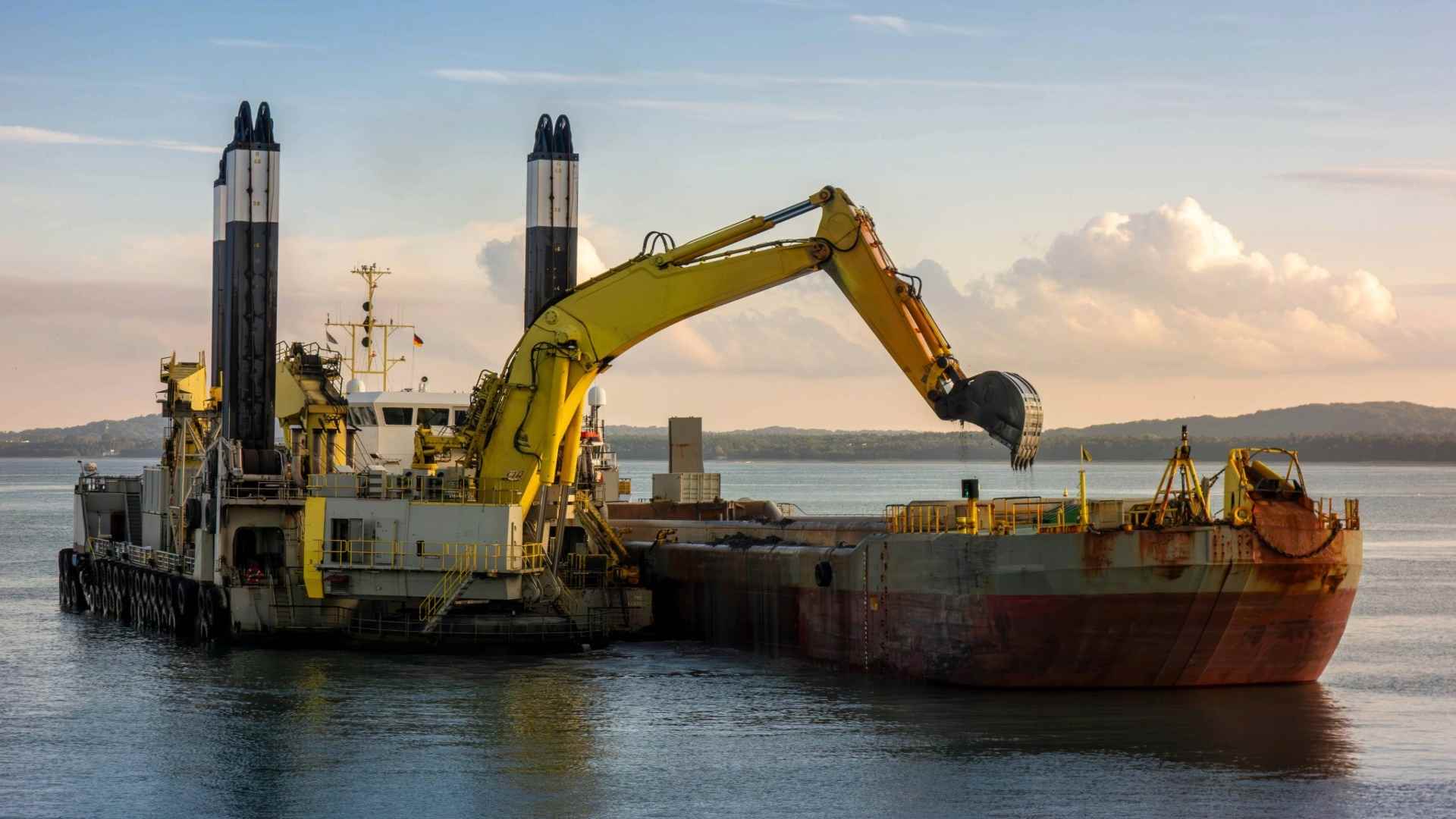Introduction
In a major development for maritime infrastructure in Bangladesh, the Chittagong Port Authority has officially launched a large-scale capital dredging project to improve the functionality and long-term sustainability of the country’s busiest seaport. Starting in the first week of May, the project will remove an estimated three million cubic meters of silt from the riverbed of the Karnafuli River—enhancing navigation, increasing cargo handling efficiency, and significantly reducing waterlogging risks in the city.
The project, formally known as the Capital Dredging and Bank Protection Project, is being undertaken by the Malaysian Maritime and Dredging Corporation, which secured the contract as the lowest qualified bidder. The work is expected to be completed within 600 days and will be carried out at a cost of Tk 2,295.44 million, under an agreement signed between the Chittagong Port Authority (CPA) and the Malaysian firm.
Why Port Dredging Is Critical
Port dredging is a vital aspect of maritime infrastructure management. Over time, natural processes such as sedimentation lead to the accumulation of silt, sand, and debris in shipping channels, reducing the depth of waterways. When this happens near ports, it impairs the ability of large vessels to navigate safely, slows down cargo operations, and increases the risk of grounding and accidents.
In Chittagong, the Karnafuli River serves as the main navigational artery for vessels entering and leaving the port. However, years of sediment buildup have narrowed the channel and reduced its depth, causing frequent delays, congestion, and operational inefficiencies. Moreover, poor drainage and rising silt levels have also contributed to recurring waterlogging in surrounding urban areas during the monsoon season.
By undertaking this dredging project, the CPA aims to restore navigable depth along a 400-meter stretch of the river’s right bank—spanning from the Karnafuli Third Bridge to Sadarghat Jetty No. 1. Once complete, this work will allow lightering vessels (smaller cargo ships that offload containers from larger ones) to operate more smoothly and safely, even during low tide conditions.
Scope and Execution of the Dredging Project
Under the signed agreement, the Malaysian contractor will remove three million cubic meters of sediment from the designated section of the riverbed. This volume represents a significant intervention and will involve advanced dredging equipment such as cutter suction dredgers and trailing suction hopper dredgers, depending on the sediment type and site conditions.
In addition to dredging the river, the project includes essential bank protection works to stabilize the shoreline and prevent further erosion. These efforts will not only maintain the improved depth over the long term but also protect critical infrastructure along the riverbanks, including port facilities and adjacent roads.
Shipping Minister Shahjahan Khan, who attended the agreement signing ceremony as the chief guest, stated that the initiative reflects the government’s commitment to strengthening the country’s maritime logistics. He noted that increasing the efficiency of Chittagong Port is vital to maintaining Bangladesh’s export-driven economy, which depends heavily on timely cargo handling and uninterrupted shipping access.
Economic and Environmental Benefits of Dredging
The benefits of port dredging extend far beyond just deeper water. For Chittagong Port, the expected outcomes include:
- Enhanced vessel access: Deeper channels allow for the entry of larger ships, reducing the need for transshipment and lowering freight costs.
- Reduced turnaround times: With improved navigation conditions, vessels can berth and depart more quickly, increasing overall port throughput.
- Waterlogging mitigation: Removing sediment and restoring river flow helps to drain excess rainwater from the city during the monsoon, reducing flood risks.
- Job creation and economic activity: The dredging project is expected to generate employment and stimulate demand in sectors related to marine engineering, logistics, and materials supply.
Environmentally, while dredging activities can disturb aquatic habitats if not managed properly, this project has been planned with strict regulatory oversight. Measures such as sediment quality testing, turbidity control, and responsible disposal of dredged material are built into the project scope to minimize ecological impact.
Chittagong Port: A Strategic National Asset
As Bangladesh’s principal maritime hub, Chittagong Port handles over 90% of the country’s international trade. In recent years, it has experienced a dramatic rise in cargo volume, fueled by the rapid expansion of the export-oriented garment industry and growing imports of raw materials, fuel, and machinery.
However, the port’s physical limitations—including narrow shipping lanes and limited draft—have often resulted in vessel congestion and long waiting times, hurting the country’s trade competitiveness. This capital dredging initiative marks a proactive step in resolving some of these challenges and modernizing the port’s infrastructure.
According to Commodore M Anwarul Islam, Chairman of the CPA, this dredging operation is only the beginning. “We are working toward long-term port expansion, including the development of a deep-sea port and container terminals. But for immediate impact, restoring navigational depth through capital dredging is a high priority,” he said.
Looking Ahead
The successful completion of the Capital Dredging and Bank Protection Project will mark a milestone in Bangladesh’s maritime development journey. With improved port access and more resilient riverbanks, Chittagong Port will be better equipped to handle rising trade volumes, reduce waterlogging in the city, and enhance its role as a regional shipping hub.
For the citizens of Chittagong and the broader national economy, this dredging project represents not just a technical upgrade—but a strategic investment in resilience, efficiency, and future growth.
